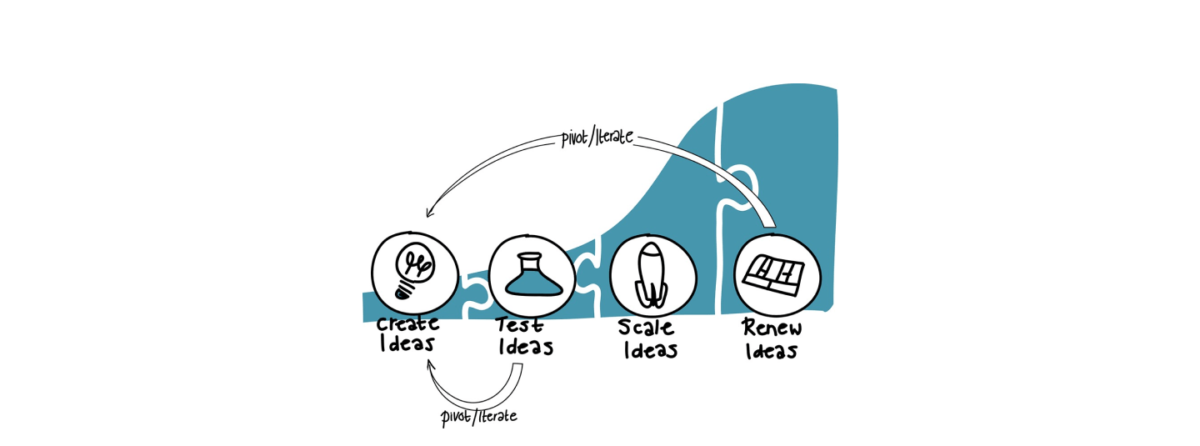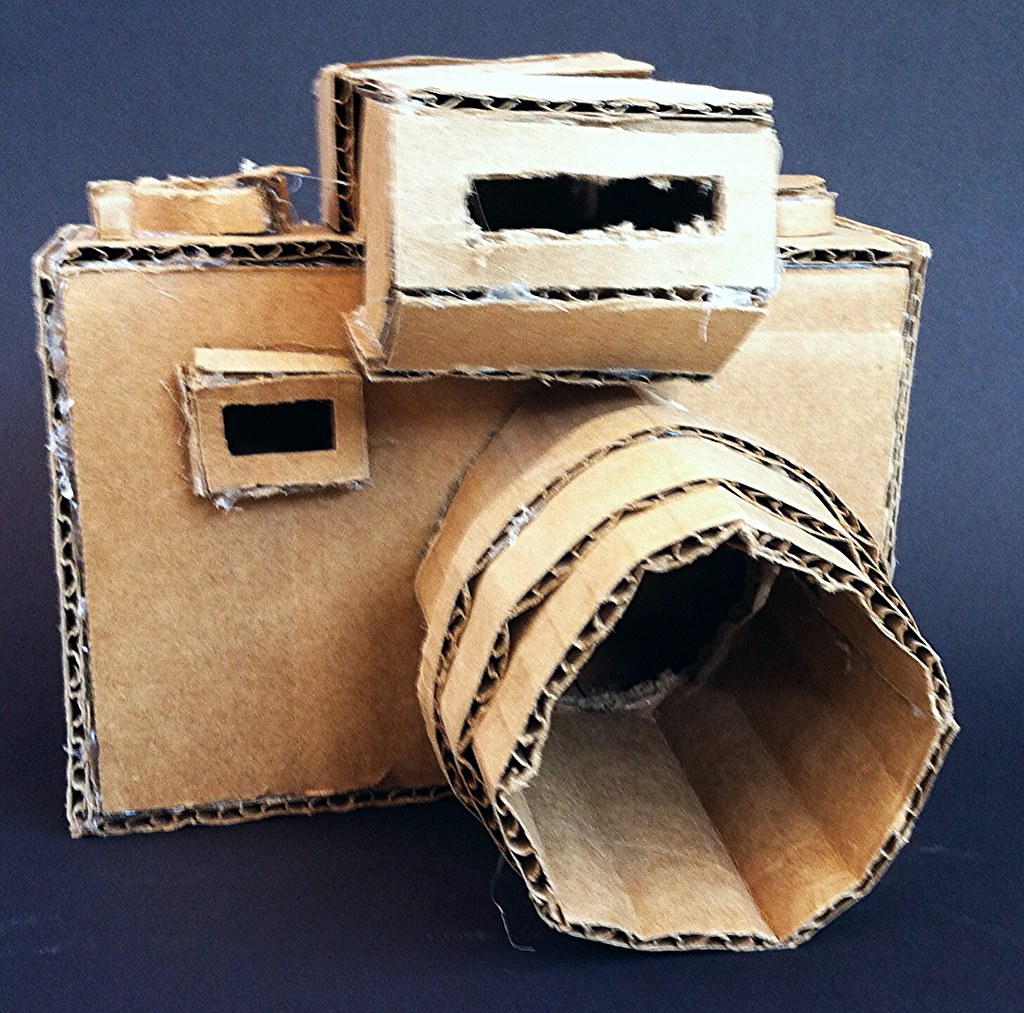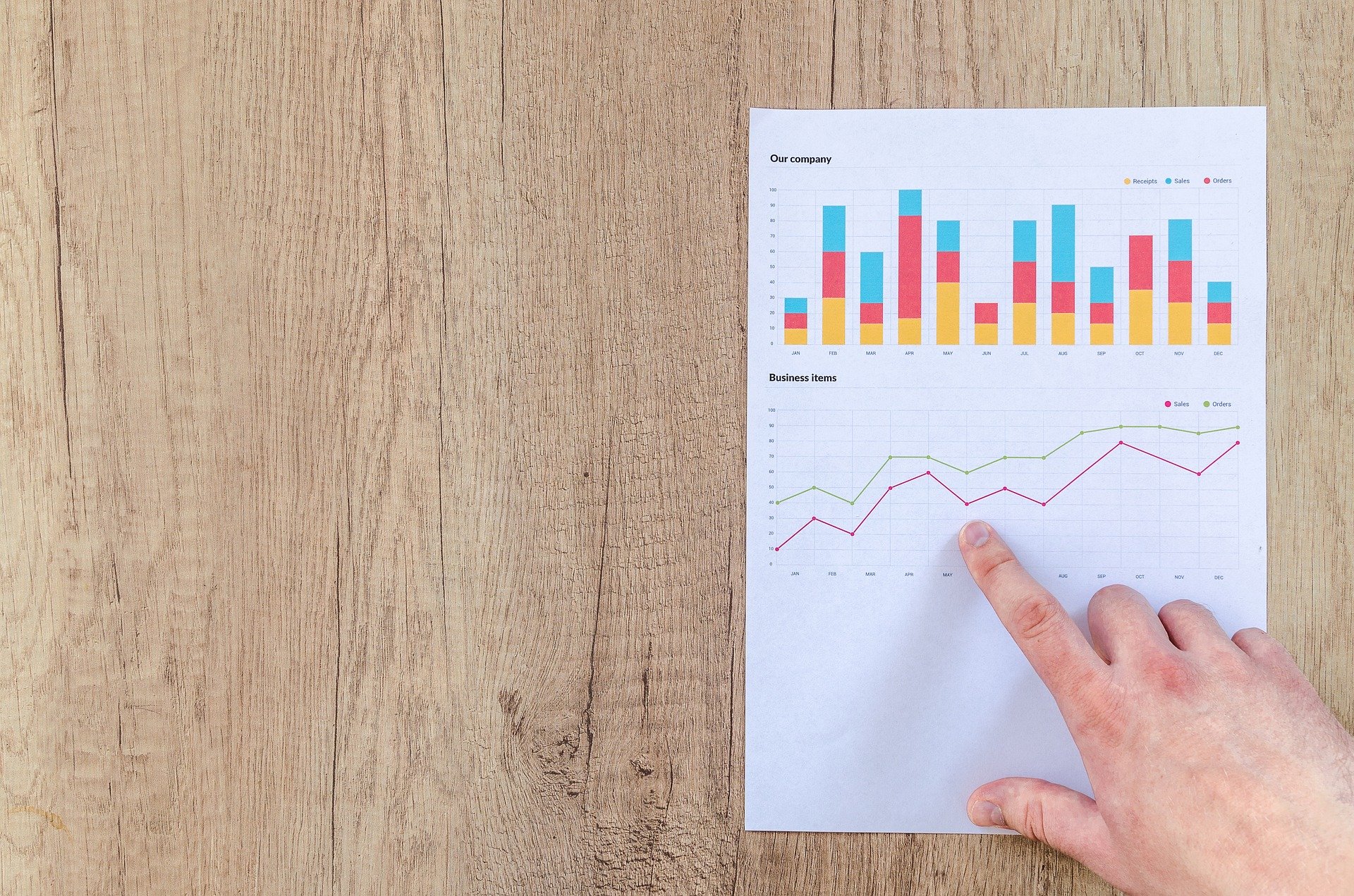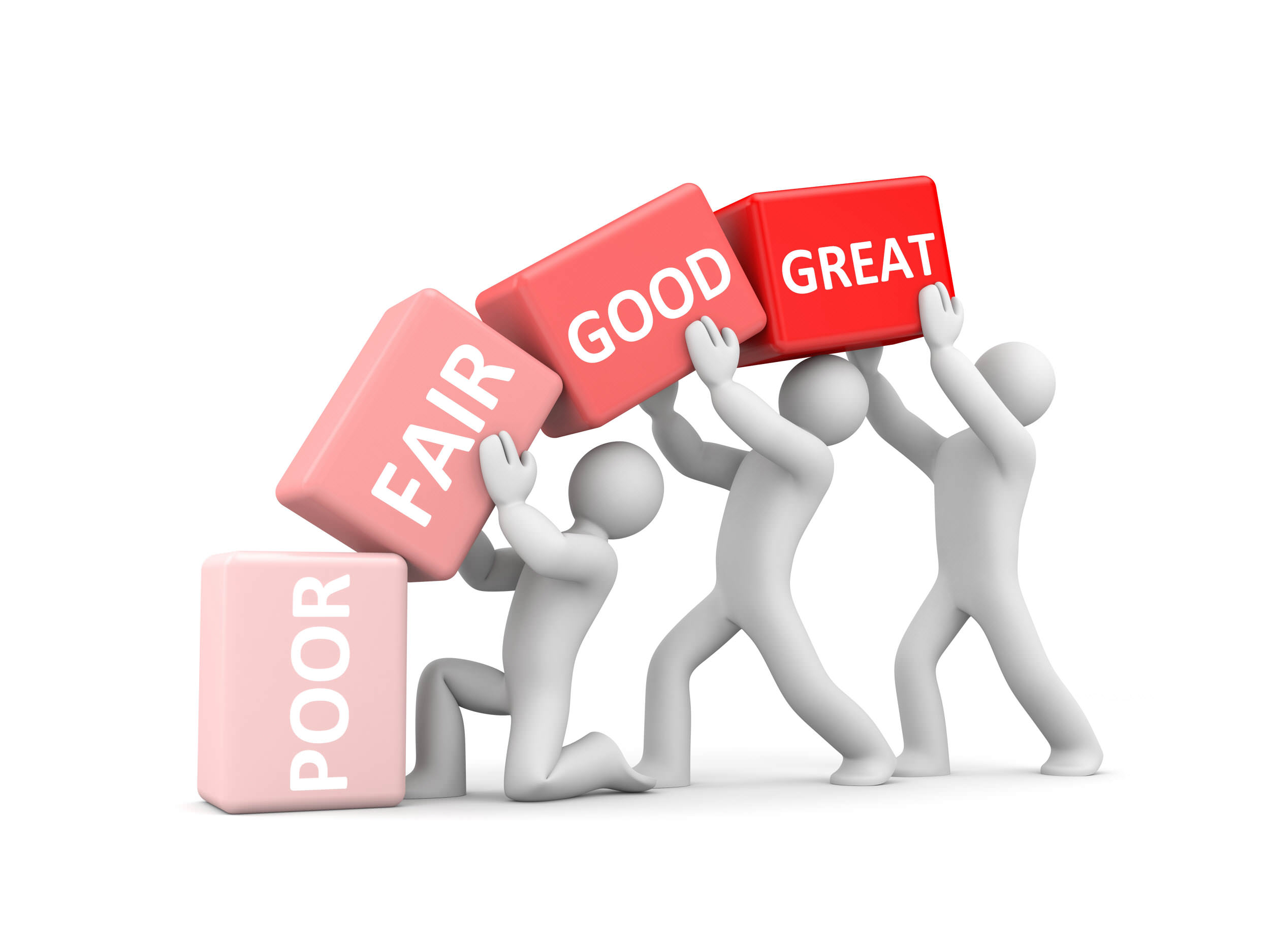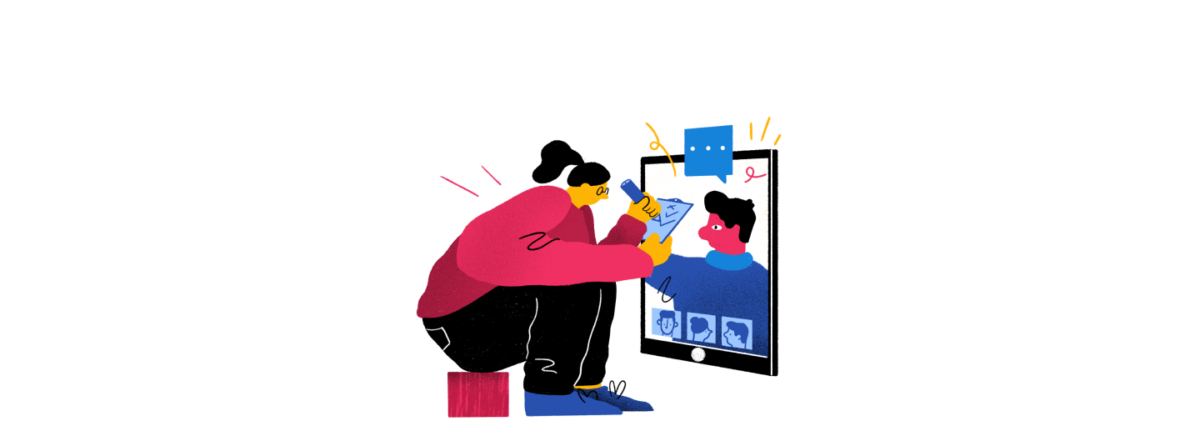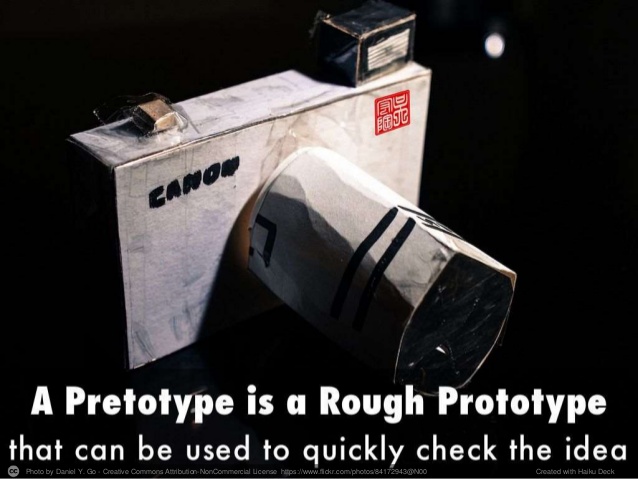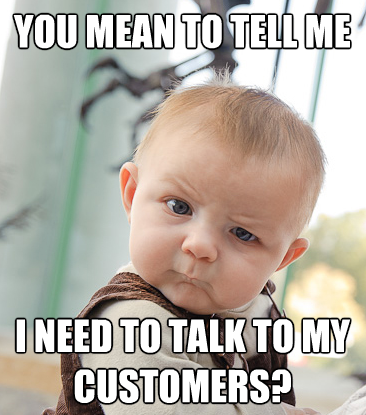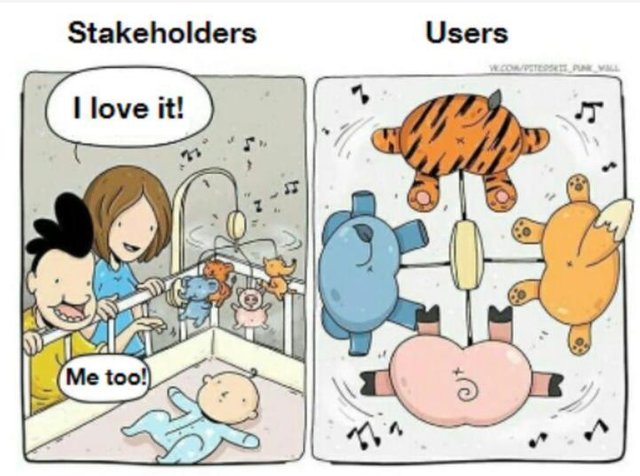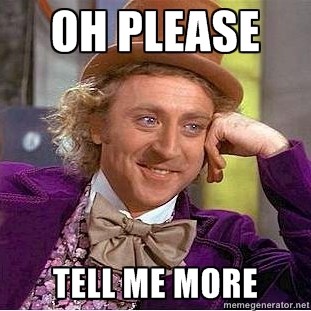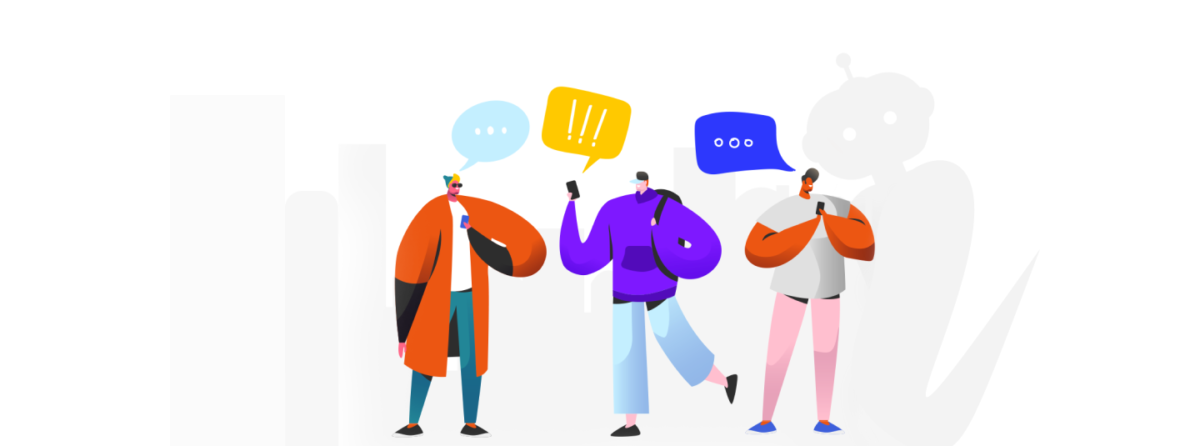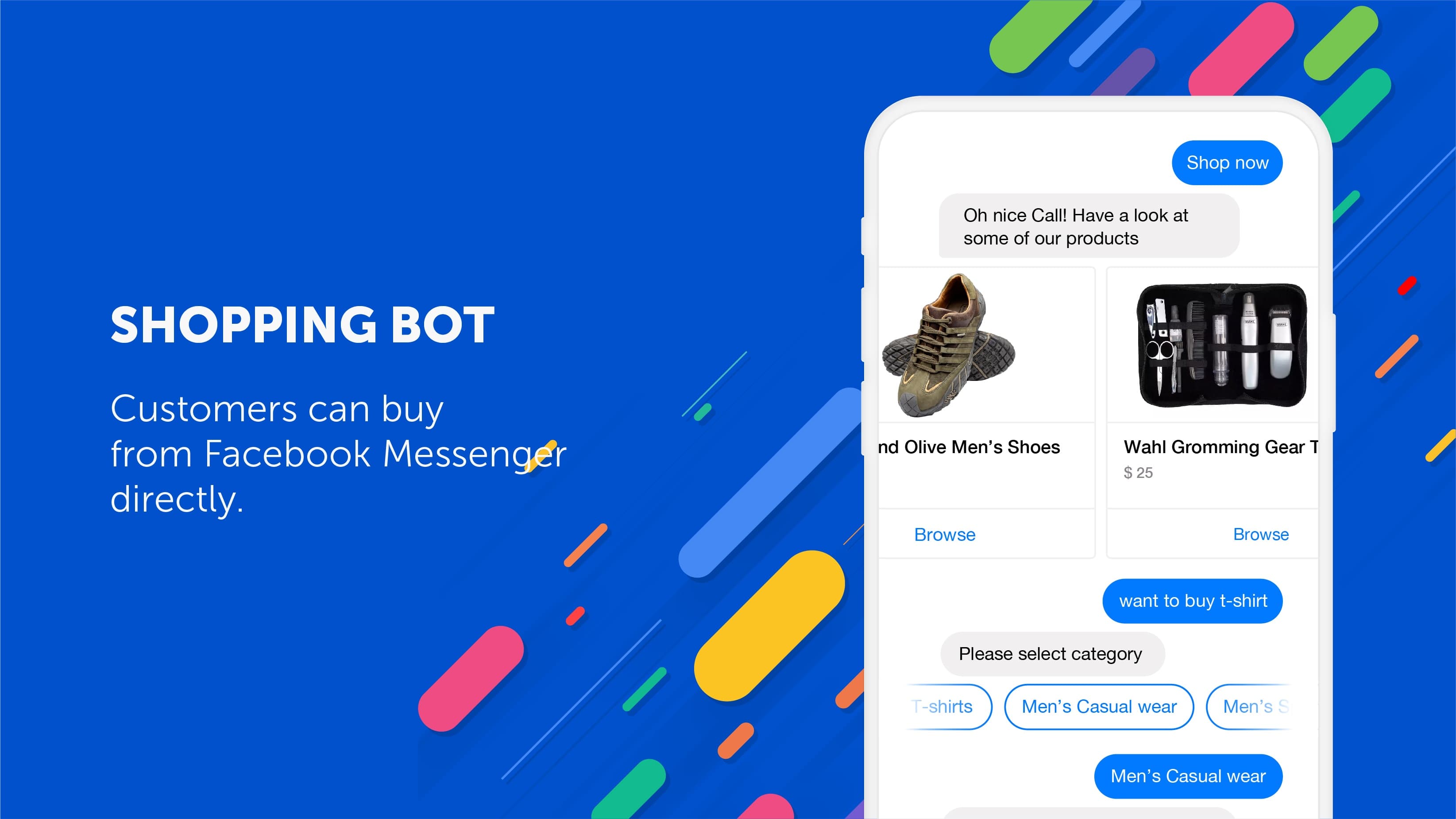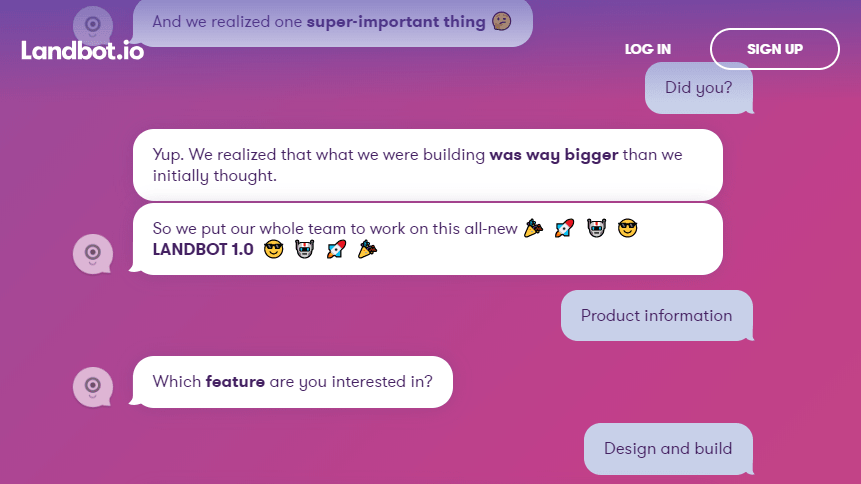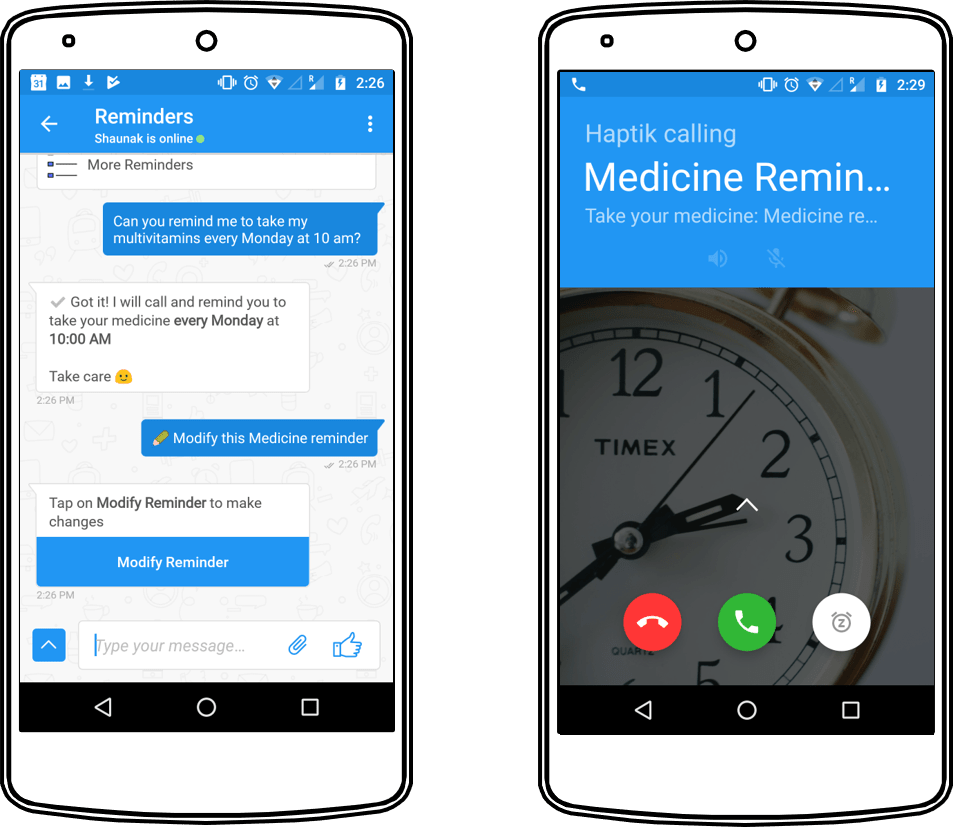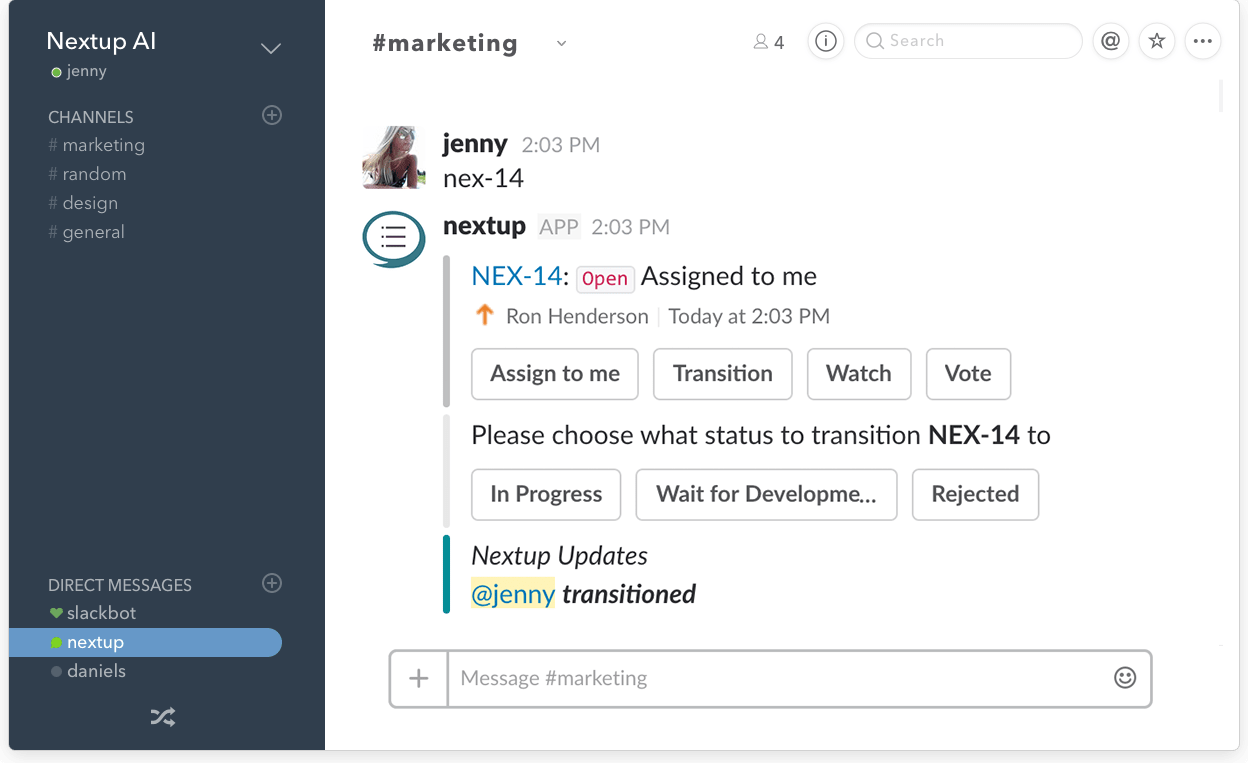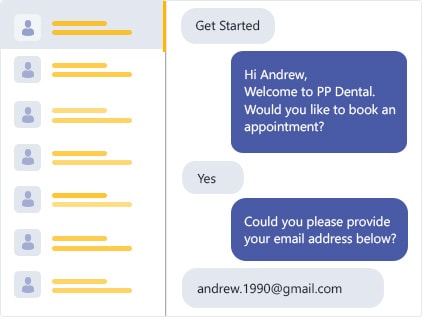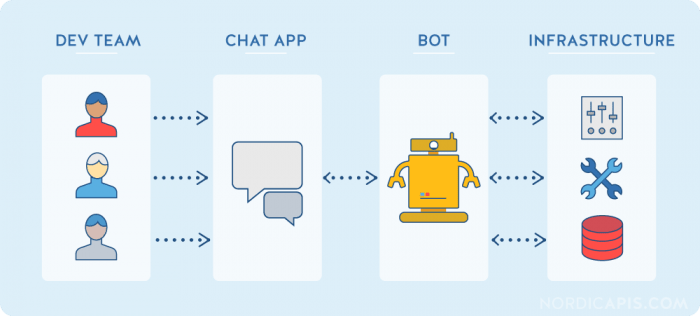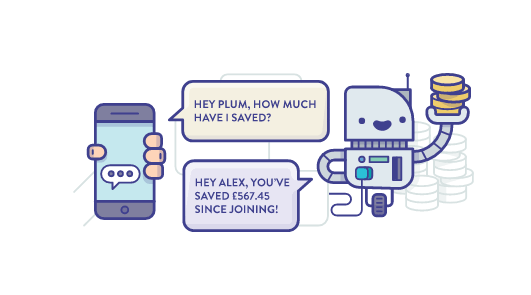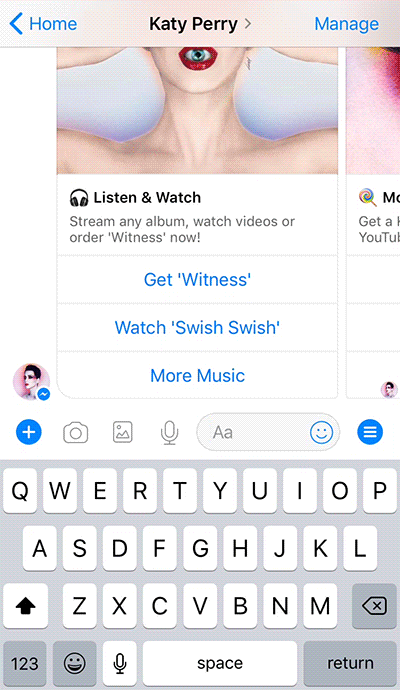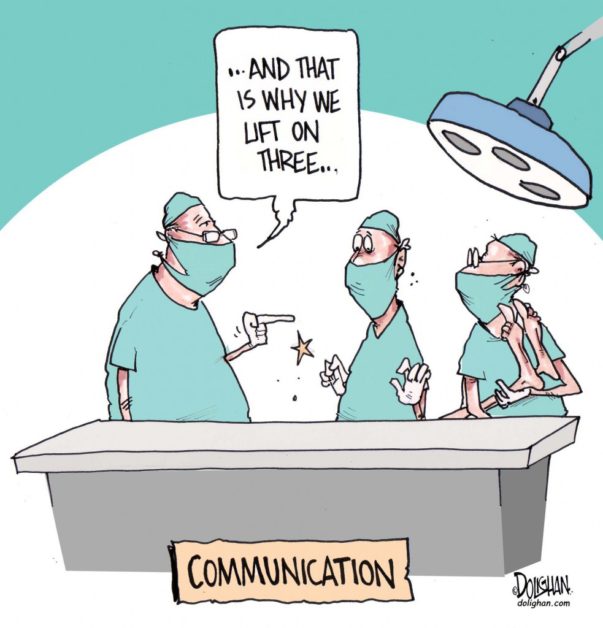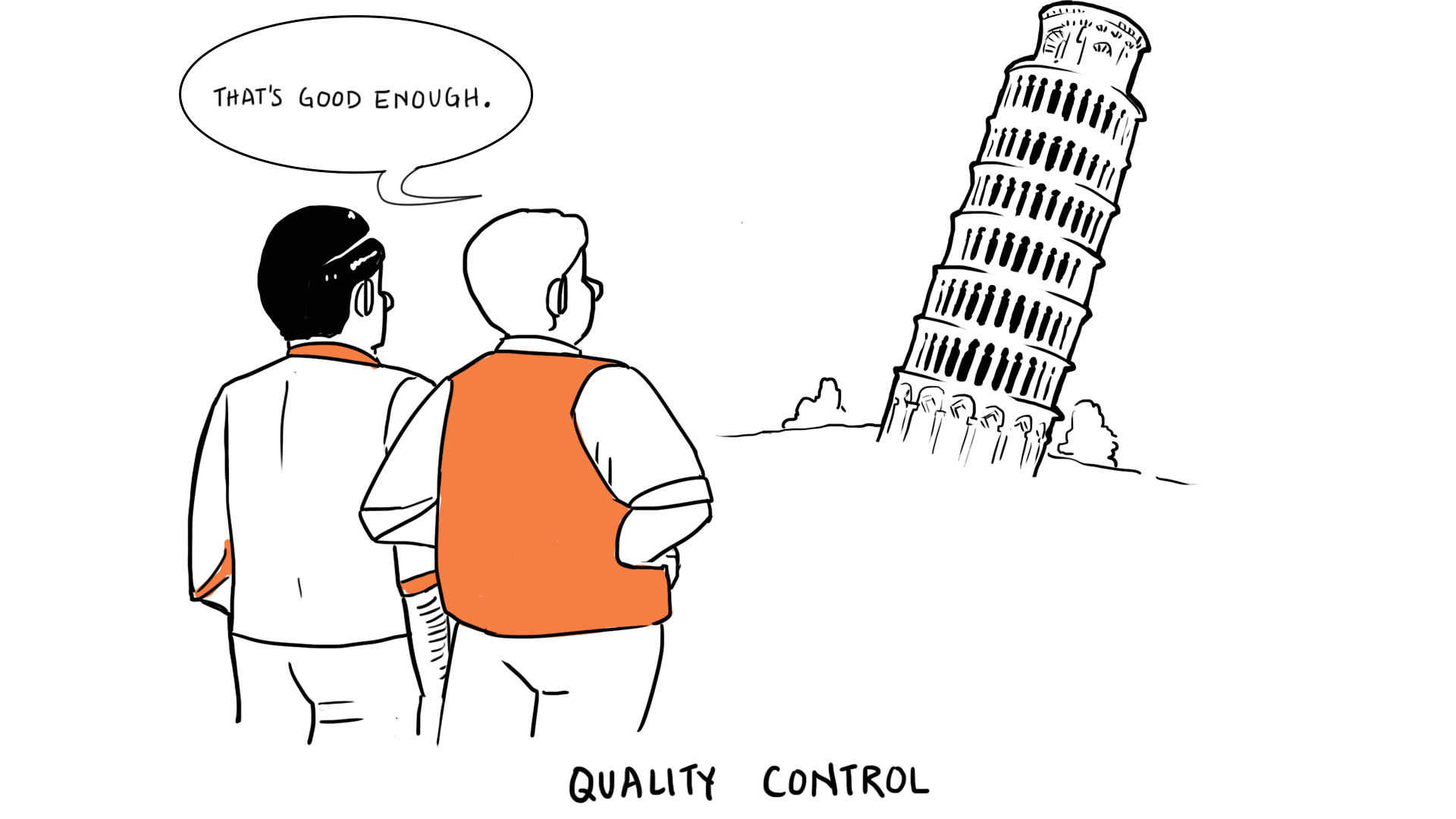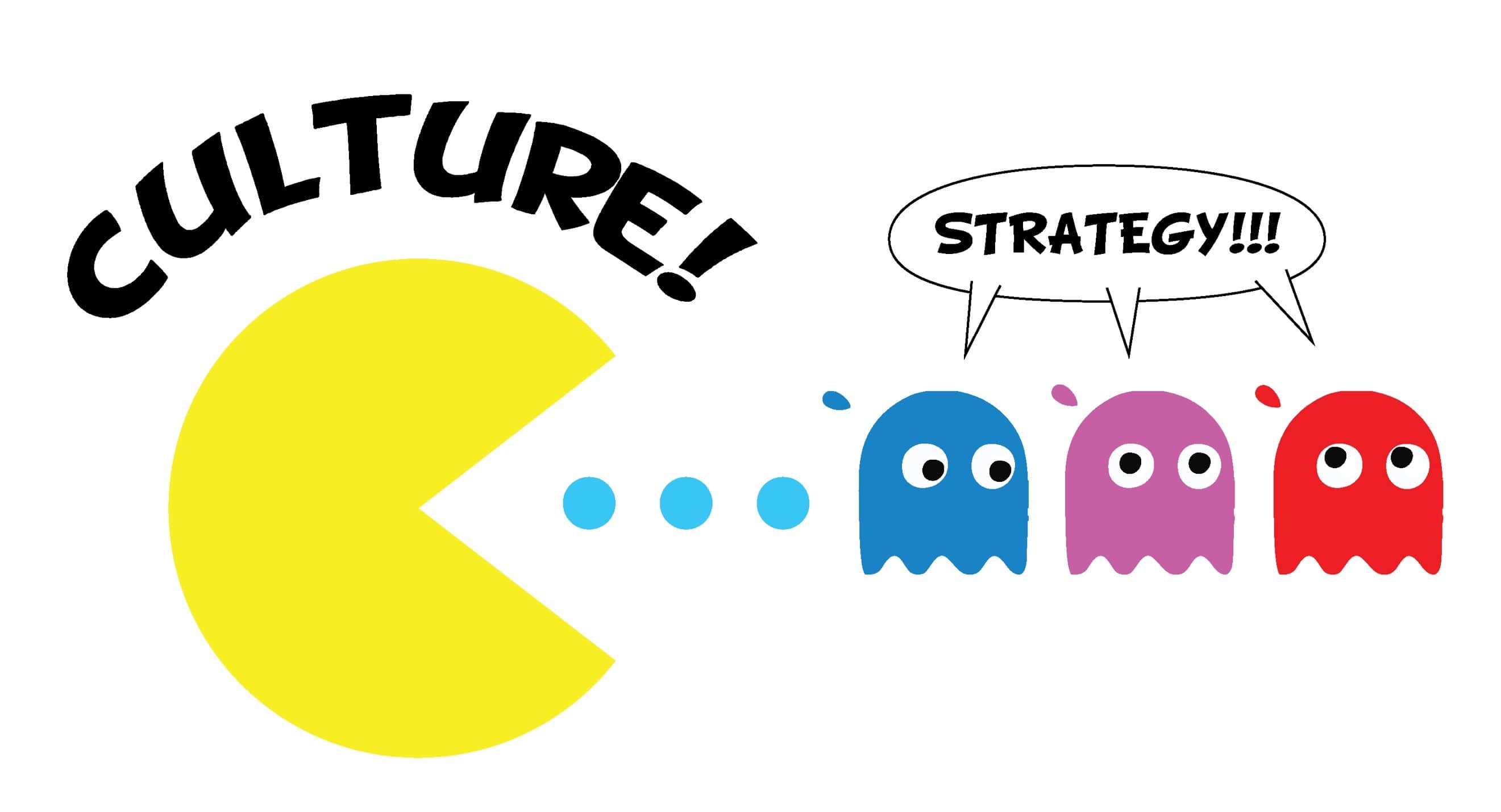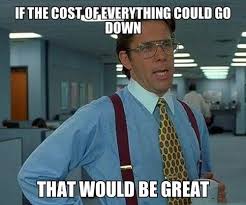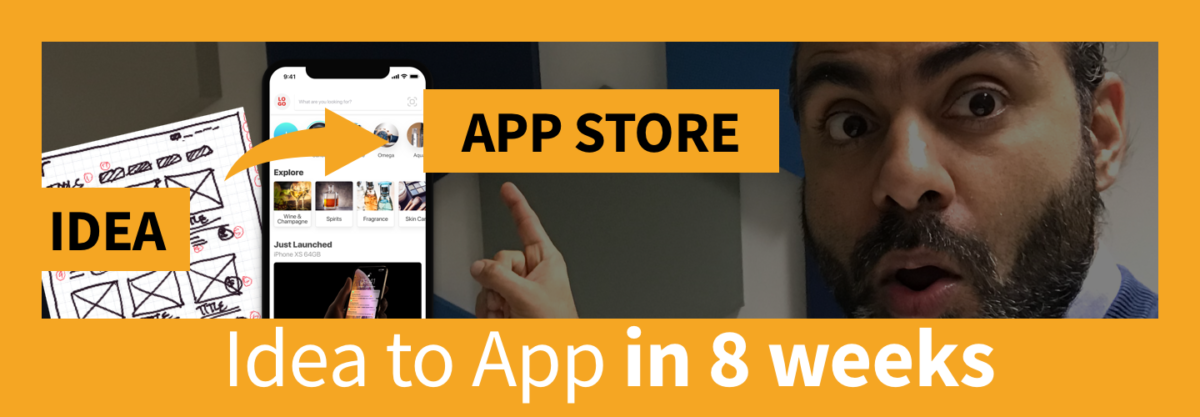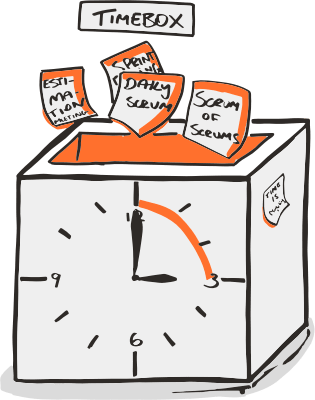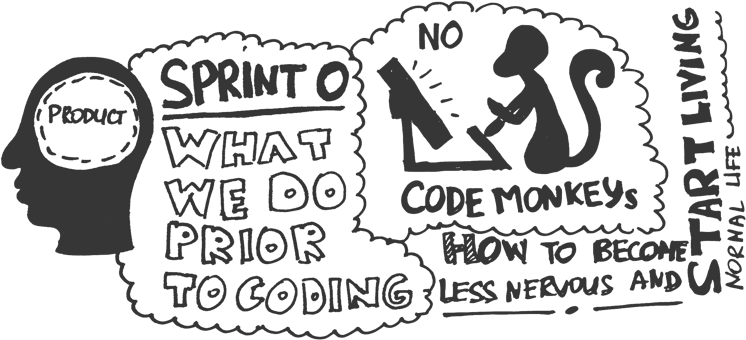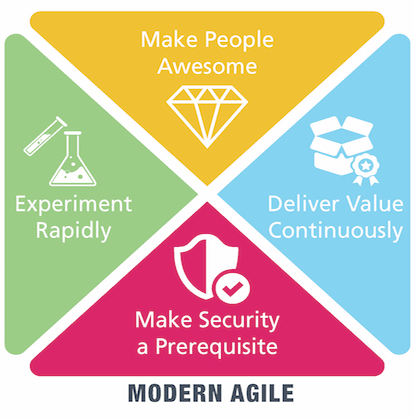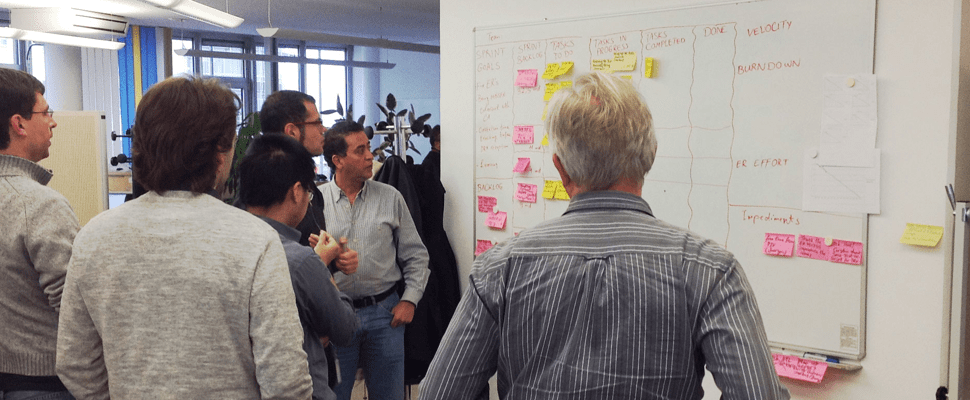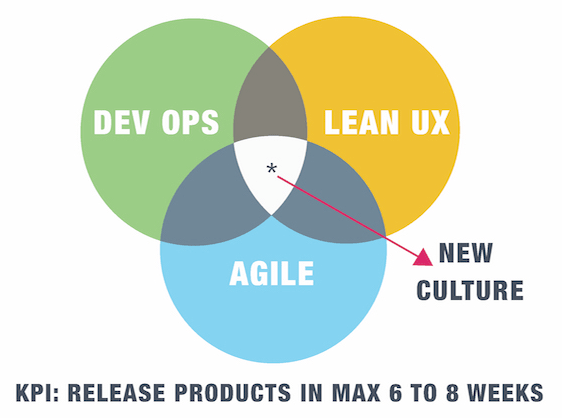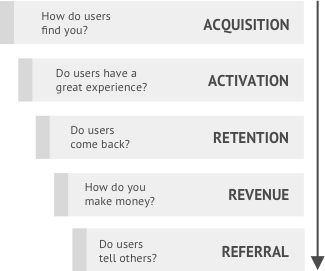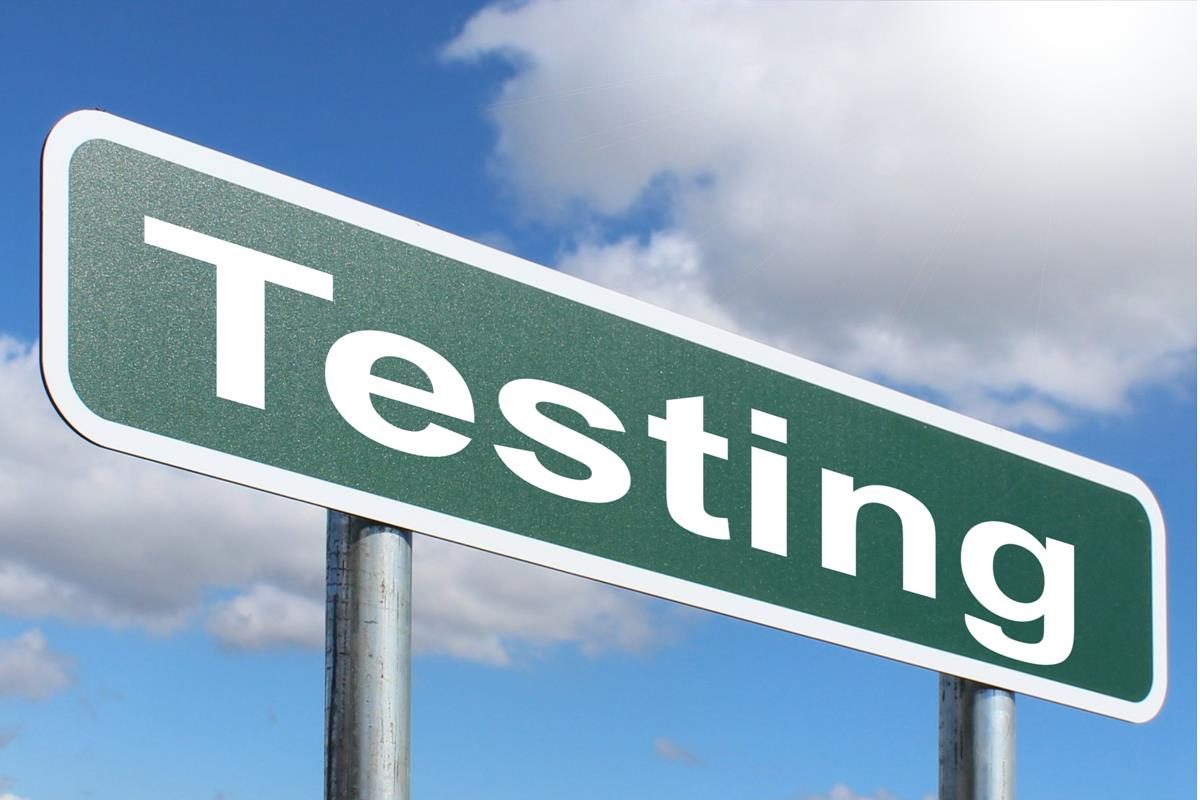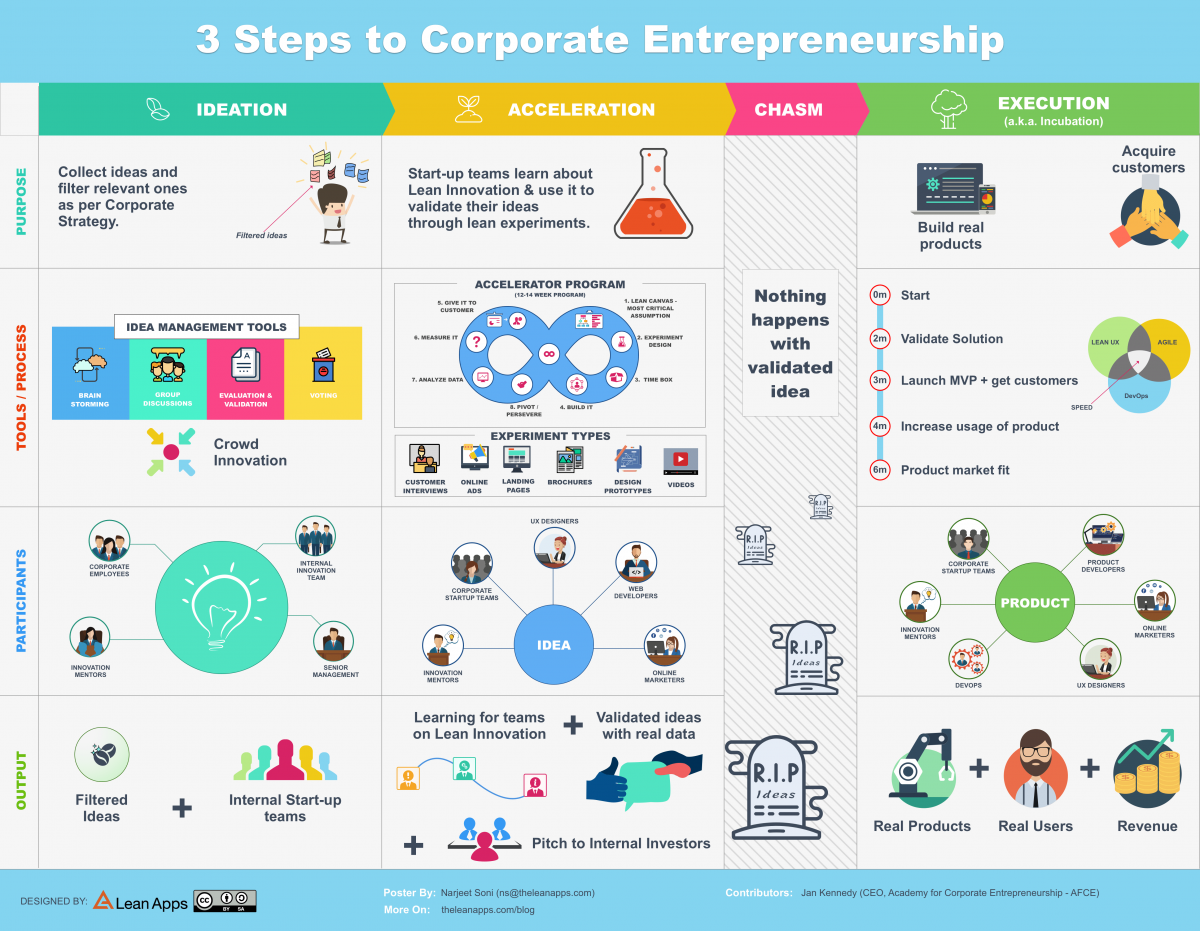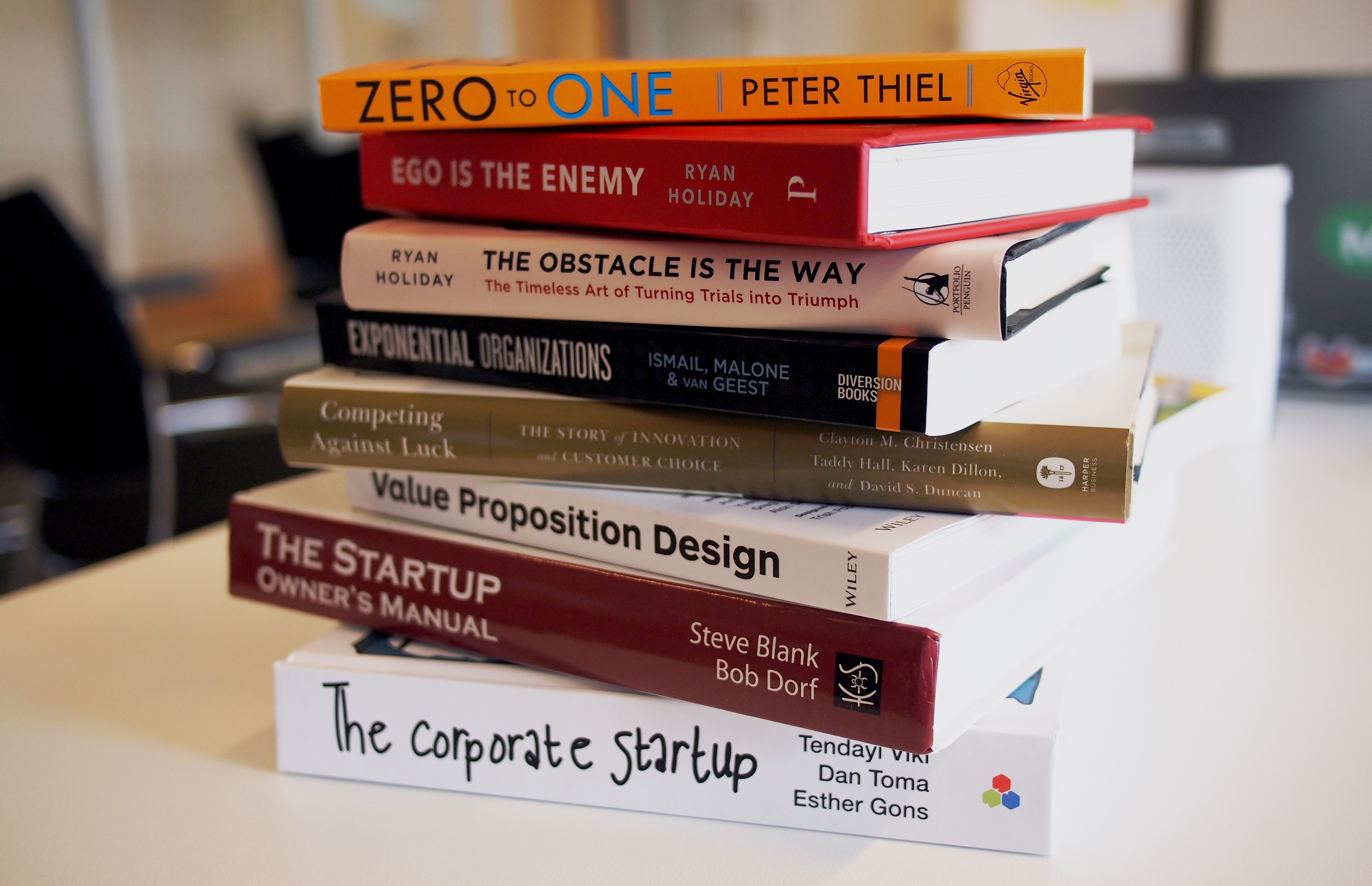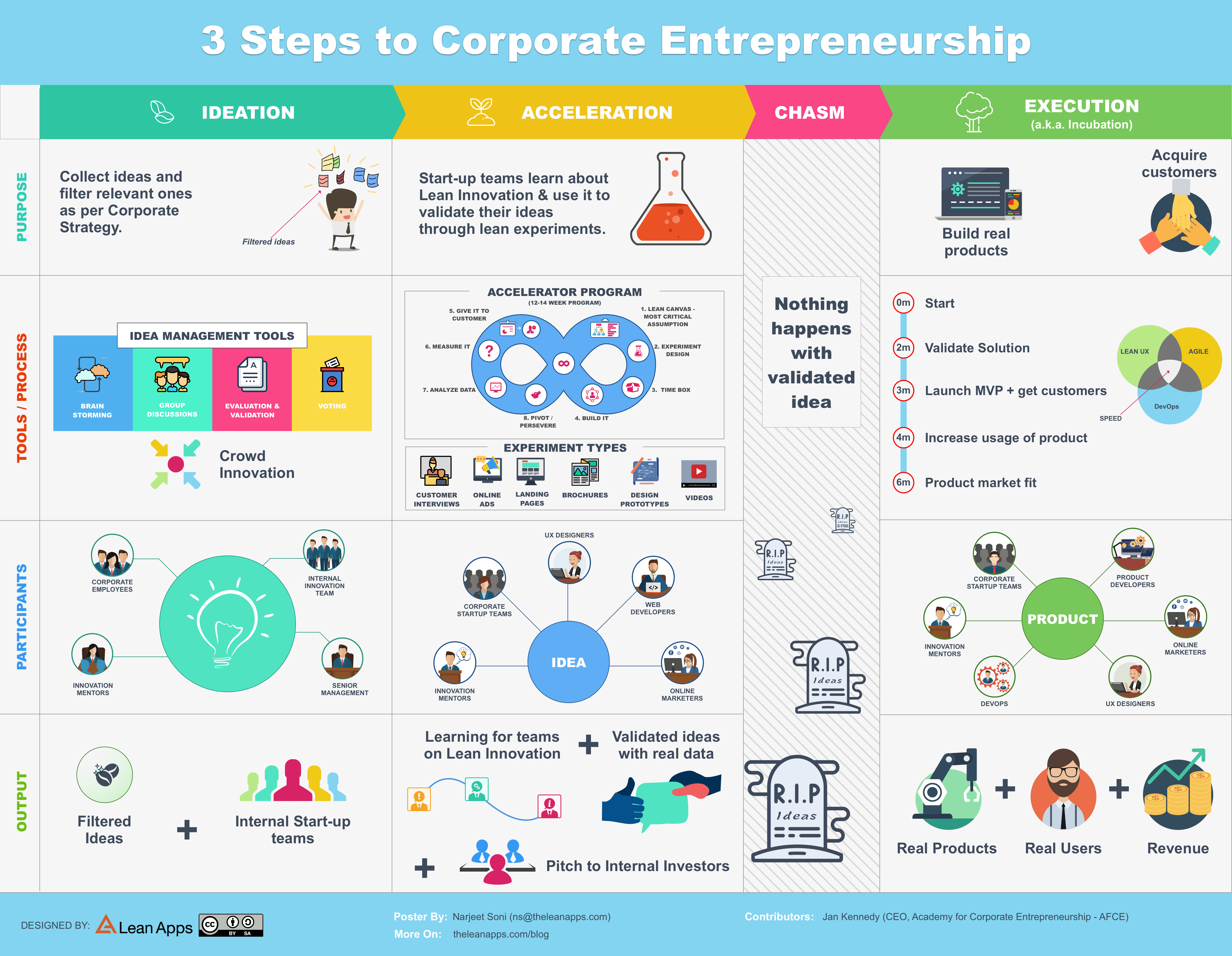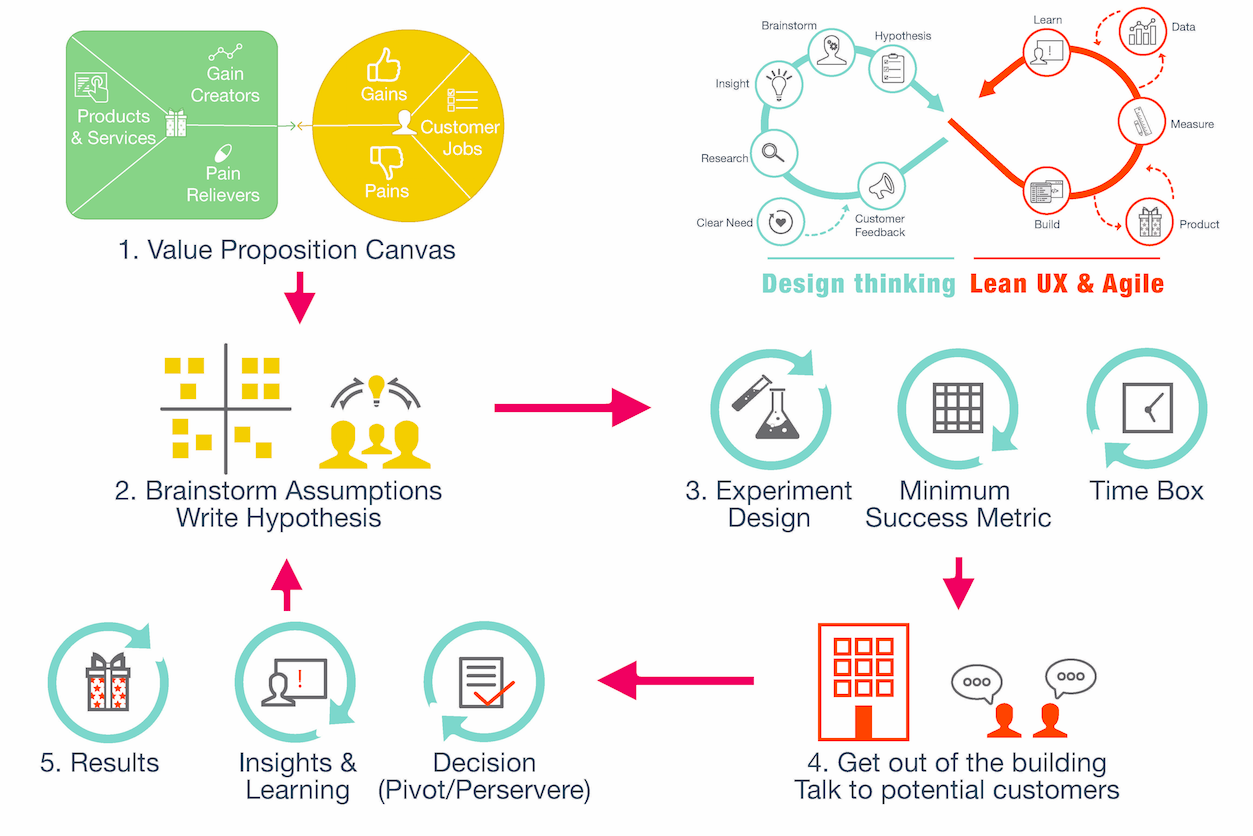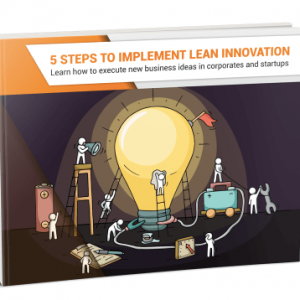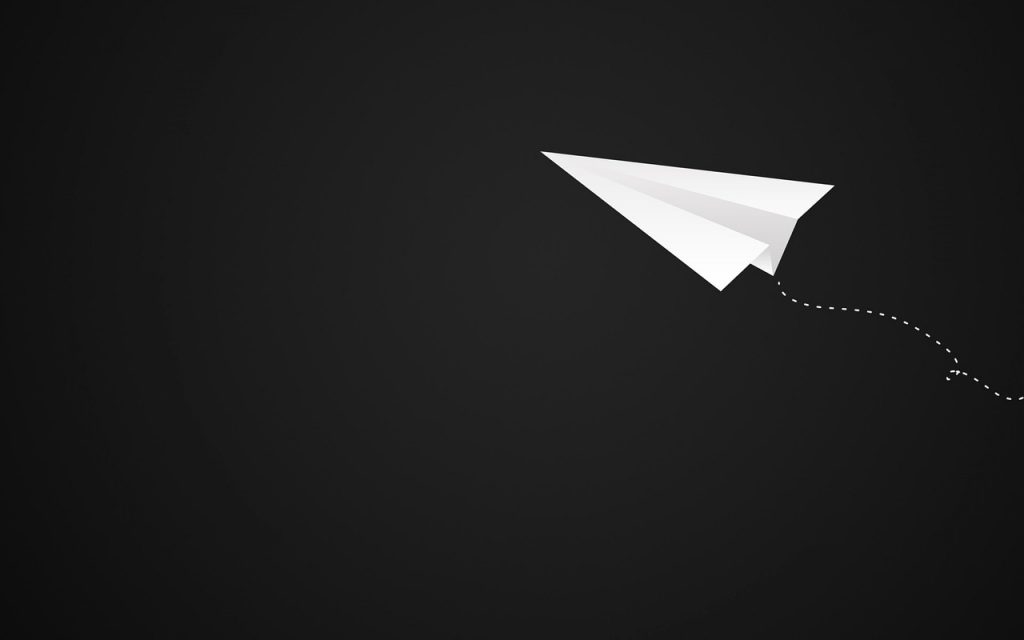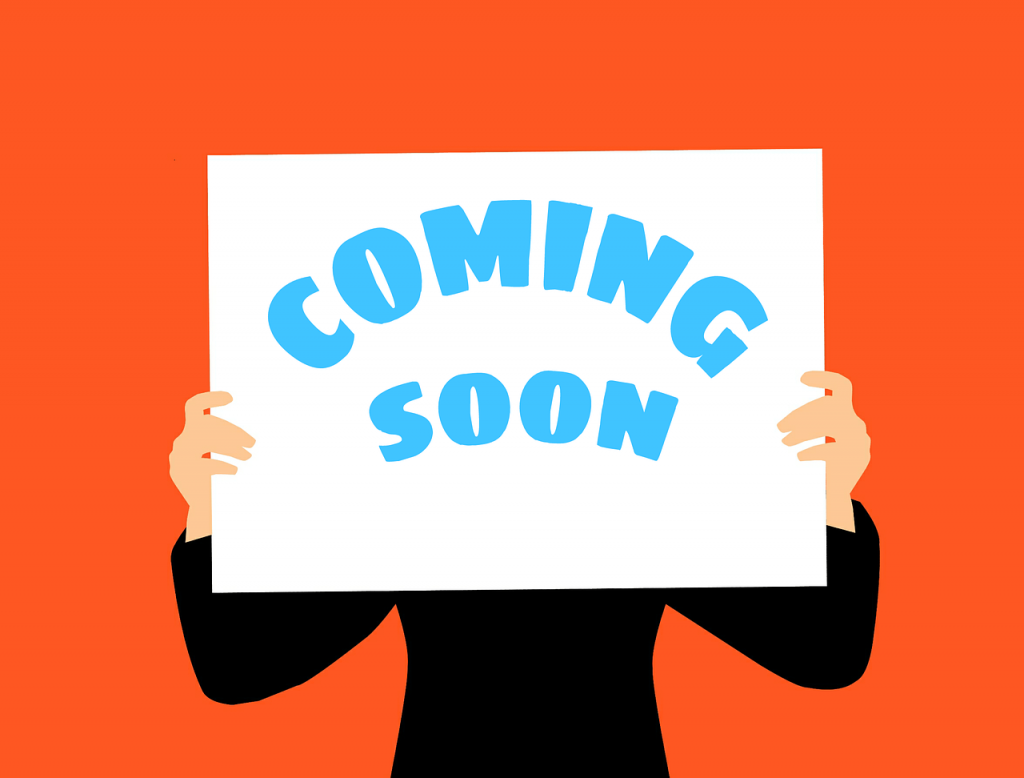Nothing beats talking to your target users face to face. You get to know their reactions without any filter. You get to know their opinions, their body language, and their facial expressions. All of it first hand. And voila! That’s when you know whether your idea is any good.
User interviews cost very little but the insights you get are worth a million.
Here is a user interview checklist for your next interview: Click Here
What is a user interview?
User interviews are like talking to your potential user about a potential problem or idea. It’s usually done at the early stages of the design and ideation process. The goal is to find out what your users need, what is already working for them and what isn’t.
But why bother with user interviews?
Let’s say you have an idea for a product but you don’t know if it would be useful for your target users. Perhaps you don’t even know if the users you’re targeting are the right ones. That’s when user interviews come in handy.
It’s the quickest way to find out what your users think about your idea.
But remember it’s not as simple and straightforward as it sounds. You need to prep up and set a goal before you go out to talk to your users.
Here’s what you’ve got to do before the interview:
Define your problem and customer segment. Write down the questions that you want your users to answer.
Here’s a list of some specific questions you could ask:
- When was the last time you faced a problem________?
- What was it exactly?
- What was the toughest part of dealing with the problem?
- Why was it that tough?
- How would you tackle it now?
- Why is it not that great?
Define a minimum success criterion. For instance, you are going to talk to 20 users about the existing problem and at least 12 of them should agree with the problem.
Recruit users through appropriate channels. For instance, if your target users are HR consultants, you would look for them on Linkedin. Or if you are targeting millennials who like to travel, you might find them on Instagram etc. and If you are targeting business travellers, find them in a waiting lounge at the airport.
Now here’s what you do during the interview:
Start with casual chitchat. Say who you are and why you are interviewing them. For instance, my name is Romeo and I am the founder of Love Actually. I have a business idea and would love to get your opinion on that. I am not selling anything.
Make sure you explain the purpose of the interview – what are you trying to achieve?
For instance, the purpose of the interview is to find out if millennial keeps an inventory of their dates. If so, then what tools do they use? Would they like to have an app that helps them keep stock of all past successful and failed dates?
Tell them there are no wrong answers. Your user needs to understand that you are testing a product or an idea and not the user themselves.
Be honest about how long the interview will take, and stick to that time.
Four key rules of doing user interviews are:
1. Don’t Pitch! Don’t try and sell your solution. Ask questions that lead to a dialogue. Allow the user to talk about their preferences. Ask them why? How?
2. Observe user behavior, not opinion. Watch their body language. Look for how they talk and behave while using the product. Inspect their emotions and body language as they talk. Pick on the things they talk passionately about. That’s where you’ll find your answers.
3. Concentrate on Past/Present, not future. Try and get the users to talk about their past and present experiences rather than what they anticipate in future.
4. Don’t preach. Never ever take on the expert mode and start explaining/preaching things to the user. Let the user talk even if he or she wants to go off topic.If your users are willing to talk, ask them more in-depth questions such as:
- What sort of tools or techniques do you use?
- What do you like/dislike about your methodology?
- How frequently do you do this?
- Where do you do it (at home/ at work/ elsewhere)?
- In a utopian world, how would you do it?
- Which key factors influence your decision? Prioritize them in the order of your preference.
- Do you involve other people such as experts and friends in helping you achieve your goal? If so, where and how often?
- Which are the most demanding and time-consuming tasks? How often do you make mistakes?
- And where exactly? What are your biggest concerns or frustrations? What are the most expensive attributes of your journey?
While the users are talking, your job is to listen and react to what they are saying. Being a good listener will encourage them to keep elaborating. You could give them nonverbal cues such a little head nod or a smile to show that you are following what they are saying.
Typing notes on to your laptop is a big NO. It will completely throw the user off. So just sit back and listen. If need be, make notes on paper or record the interview if the user feels comfortable.
After the interview
Thank your users. Summarize your findings. Capture any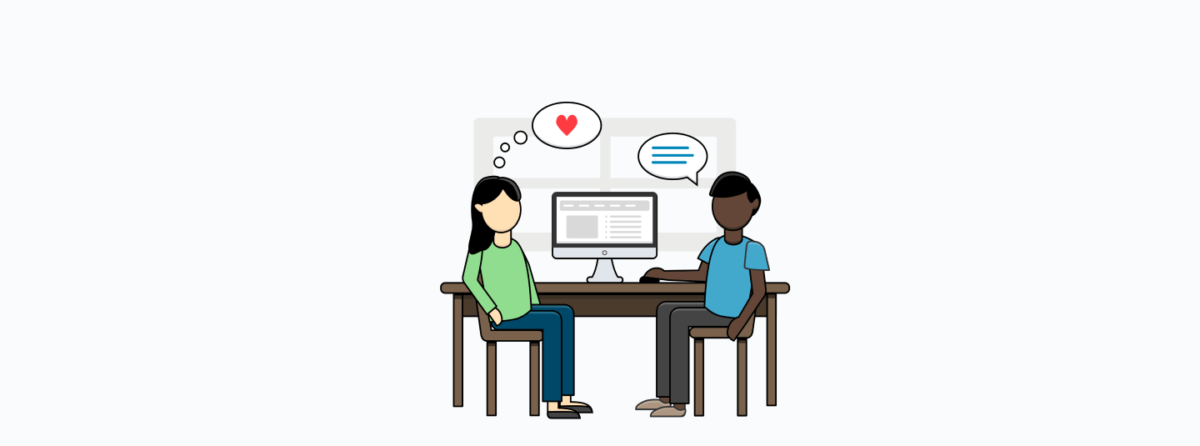
Ask for more examples: Tell me about another instance when you faced a similar problem/situation..
Once you have done all this, take a step back to see if your users have validated the problem. Have they defined a pattern? Have they addressed the problem?
The answers to these questions will help you decide whether you want to pivot or more in the same direction.
Here is a user interview checklist for your next interview: Click Here



